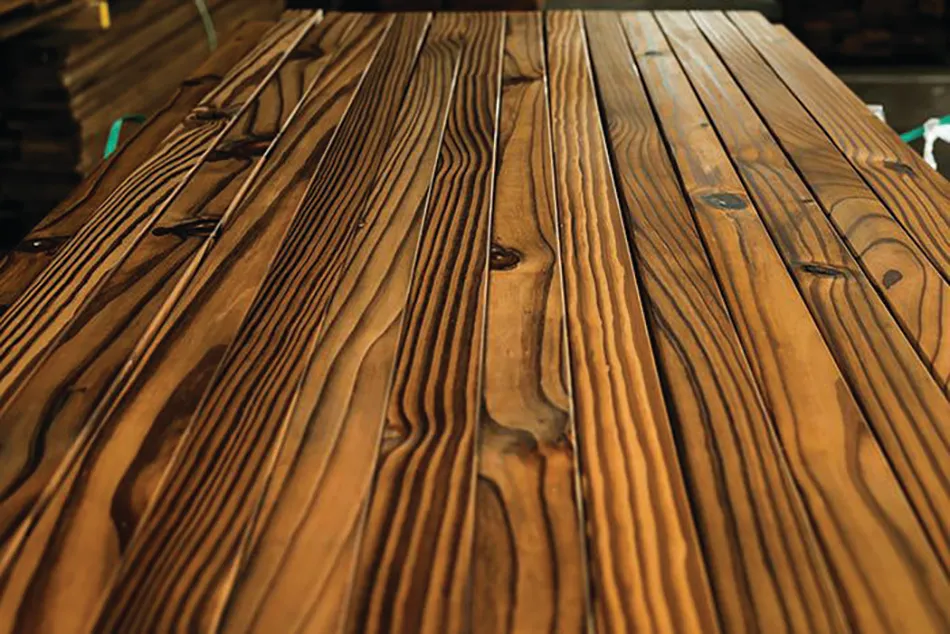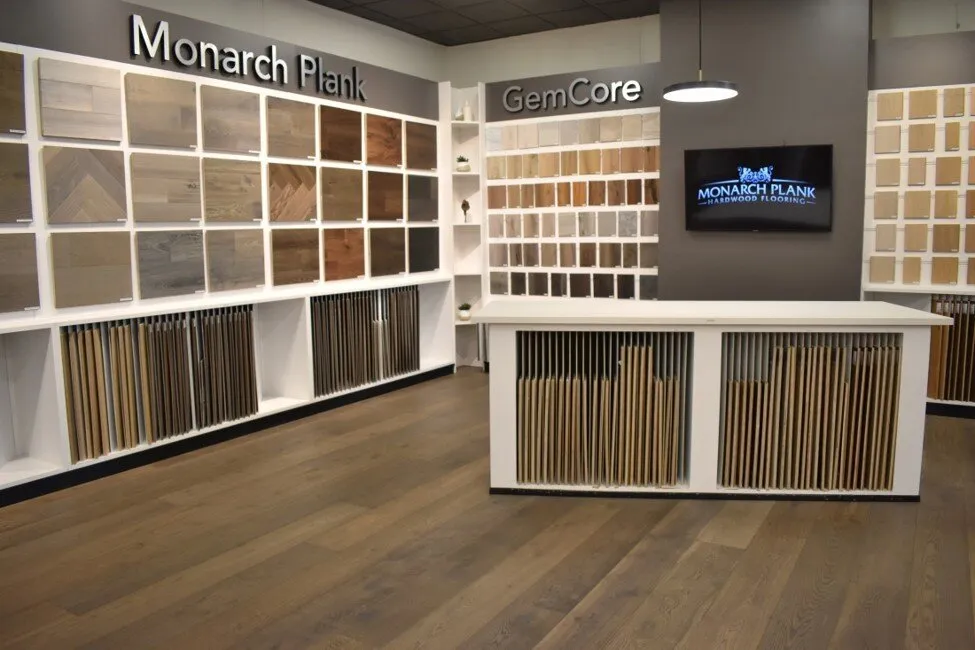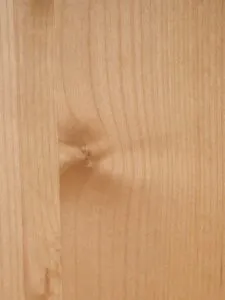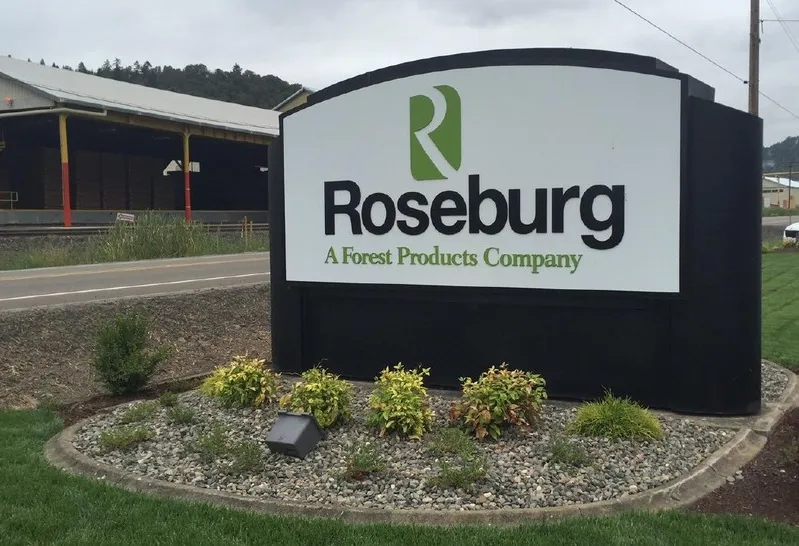Table of Contents
Mold, because of all the damage it causes, is considered a four-letter word. Mold likes dark, damp, unlit places that are constantly wetted and poorly ventilated. It has the potential to drive people from their homes, to make wood unsightly and undesirable, and to wreak havoc at jobsites with slowdowns because of returns. It can even ruin a builder’s reputation. There are, however, solutions that a dealer can look for to ensure their lumber aisles contain clean treated and white wood.
Mold and Wood
Within 24 to 48 hours of a tree being harvested, mold begins to grow. Even as the tree is taken to the sawmill, debarked, and cut into usable lumber, mold is growing. At first, the mold is unnoticeable, but it does not take long before it truly blossoms on the freshly sawn wood, making the wood ugly and sometimes even unusable.
“Some key ingredients that contribute to mold growth—heat, humidity, and precipitation—are present everywhere,” says Ken Trainor, Surface Applied Technologies territory manager for Lonza Wood Protection. “In recent years we have noticed warmer, longer summers and that change has created a stronger breeding ground for mold.”
This change has caused the industry to stand up and take notice. “During an event I attended earlier this year,” says Ken, “I spoke with several truss manufacturers, lumber dealers, and purchasing agents and all of them expressed concern over the growing issue of mold in the market.”
Mold Growth
Because sawmills know mold begins to grow quickly, many prevent the growth of mold by kiln drying the bundles of wood to 19% or less moisture. Then they store their dried wood under cover so that it does not retain moisture from the elements such as dew, rain, and snow.
“While that practice is good, the mold does not usually really become noticeable until after the wood leaves the sawmill,” Ken adds. “Even though wood is dry and clean when it is stacked in packs, moisture can seep in, encouraging mold growth that causes unsightly lumber discolorations that result in massive losses in value.”
When wood leave the sawmill on trucks and rail cars it is often not protected from the elements. The wood gets damp overnight and wet during rainstorms. Lumber wraps can get torn and eventually water seeps into the middle of the lumber packs where it is trapped on inner boards, providing an excellent breeding ground for mold. Those packs could sit for a while at the distributor, remanufacturer, lumber retailer, or treater before they arrive at their final destination, giving mold time to flourish.
Mold Is Costly
“In our industry,” says Ken, “mold is costly. When wood shows up at a jobsite where building timelines are always tight, the last thing a contractor wants to do is send the wood back because it is moldy. And, retailers do not want to put moldy wood on their shelves. Consumers won’t buy ugly wood that they deem dangerous to be near their families either in the walls of a house or on an outdoor project such as a deck.
“Everyone in the supply chain has their reputations to uphold,” Ken adds. “From sawmills to retailers to contractors, they all want to be known as the supplier who provides clean, beautiful wood. And, every time a pack of lumber is broken, whether at a lumberyard or at a jobsite, those reputations could be in jeopardy. Mold in the middle of the pack means returns and complaints from customers. Costs could mount with every complaint.”
Ken notes that at the bottom of the supply chain is the person who takes final ownership of a project, usually a homeowner. “With the growing number of cases of asthma and allergies, homeowners are educating themselves about mold, the damage it causes, and the hit to their bottom line when it is found in their homes. They want to know their home was initially built safely with no hidden dangers behind the walls.” If a homeowner must do mold removal it almost always requires a specialist and the cost could range from as little as $500 for a crawl space to tens of thousands of dollars for whole house remediation.
Stopping Mold Growth
While drying lumber does help mitigate the beginning of mold growth, there is an additional solution that will keep mold from growing on lumber. “Creating a barrier with a mold inhibitor like one from Lonza’s AntiBlu line on the surface of wood stops the mold spores from germinating and colonizing on the wood,” Ken explains. “The mold inhibitor eliminates the wood as a food source, making it nearly impossible for mold to grow. This results in up to 6 months of clean, bright, beautiful wood, continuing to give wood that freshly milled look.”
The process of spraying or dipping wood in a mold inhibitor is quick and easy and not very costly, especially when compared to the headaches and major costs of moldy wood in a lumberyard, on a job site, or even discovered in a home. Application is done almost immediately after the tree has been cut into lumber. This process protects white wood and wood that is being treated for outdoor use.
“The reassurance of knowing wood is protected across the supply chain is invaluable,” says Ken. “Knowing you are providing a product the customer will be pleased with gives a certain peace of mind and increases your reputation for quality products that you may not have without mold protection.”









